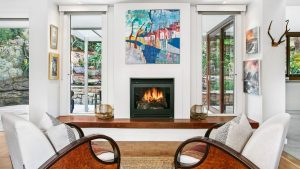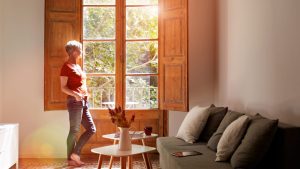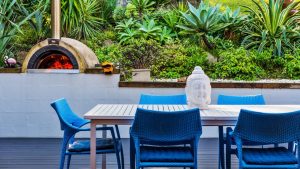One of the most critical factors when buying a home is making sure it’s going to be as warm and welcoming in winter as it is cool and inviting in summer and spring. And there is no better time to do it than deep in winter. One vital area to ensure a warmer home is its aspect or orientation.

The brightest, cosiest houses should be north-facing to the rear to capture all the available sunshine. “You need to look carefully at which way the living areas are facing,” says Edward Flitcroft, director of buyers’ agents Chalk Road. “It’s too easy in spring or early autumn to buy a house that’s south-facing to the rear when an agent opens it at 1pm, and it feels good,” says Flitcroft. “But you always have to think about what it’ll be like in winter. It should face north to the rear, or west to make the best of the nice, warming afternoon sun, then the house will save you a great deal of money on heating bills.”

Looking at the efficacy and cost of a house’s heating system is also important, especially as those bills can already be high. Consumer watchdog CHOICE estimates that a 60-square-metre living area will cost around $412.50 to heat for six hours a day over winter’s 12 weeks with a gas system, or $335.50 with a reverse-cycle airconditioner. CHOICE spokesperson Erin Turner advises checking the seals on doors and windows to avoid draughts, and making sure there are no gaps or cracks in ceilings. “If you add up all the cracks and gaps in an average home, it would be the equivalent of having a one-metre by 1.5-metre window open all the time that can account for up to 15 to 20 per cent of heat loss,” Turner says. It’s also an idea to ask the agent to switch off lights and heating when viewing to see how much natural light and warmth the home has.

It’s also important to consider the outside spaces, says Richardson & Wrench director Peter Baldwin. Looking at the cost of a heating system is also important, given that those bills can already be high. “You have to look at whether there are trees in your garden, or a neighbor’s, blocking out the sunlight and warmth,” he says. Then there are the construction materials like double brick rather than timber and weatherboard, and the quality of insulation. During a building inspection, a potential purchaser can always ask for extra checks on insulation, the state of windows, and any damp.
AS SEEN ON DOMAIN.COM.AU
